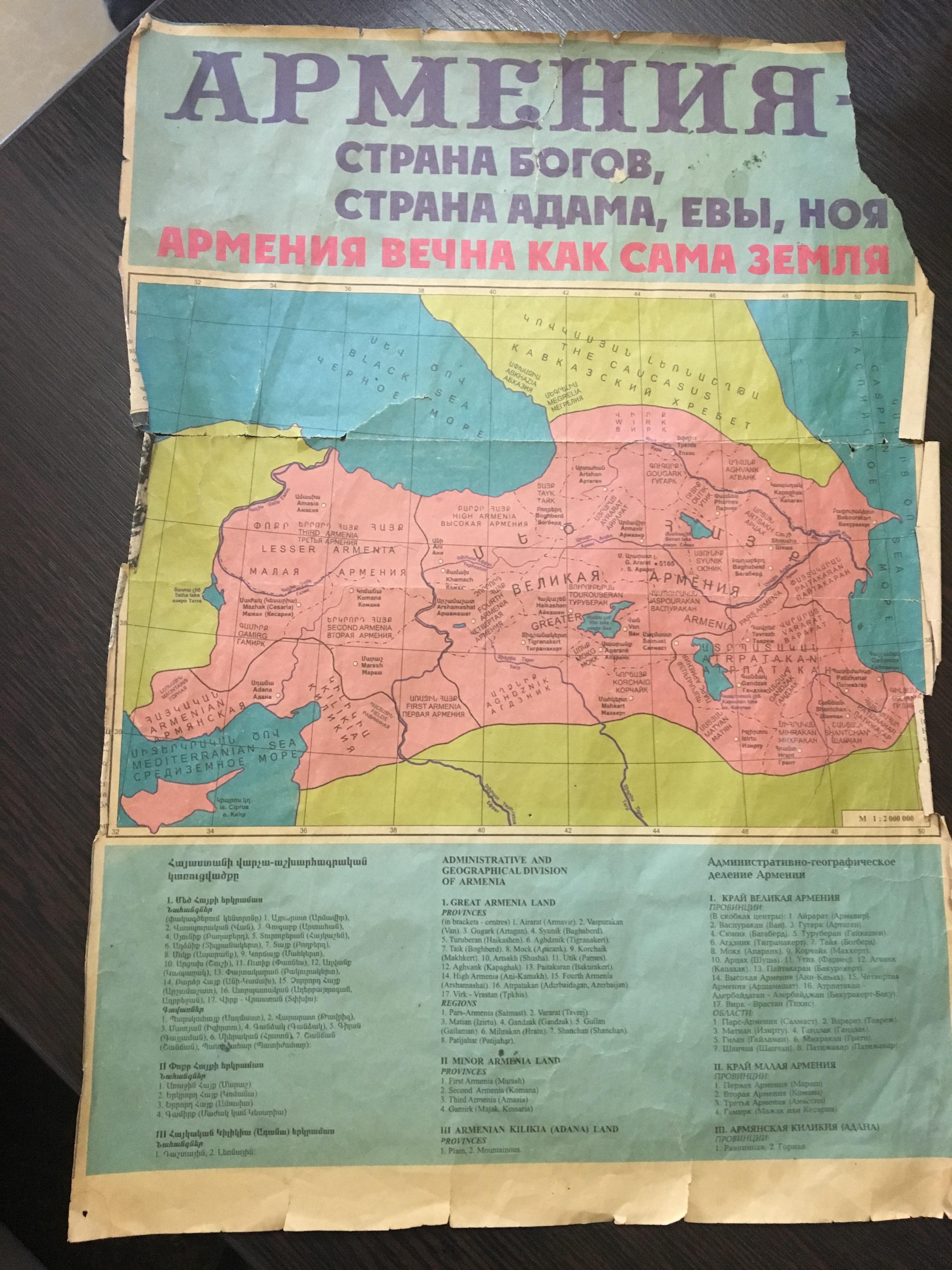The Armenian Genocide
In the early twentieth century, the Ottoman Empire spanned across three continents, predominantly characterized by its agrarian society. The Sultan’s authority was not absolute, and in some remote regions, local rulers enjoyed a significant degree of autonomy. At its zenith, the Ottoman Empire encompassed 29 provinces, each subdivided into towns, cities, districts, and villages. Within this expansive domain, the populace consisted of a diverse array of ethnic and religious groups, primarily identified by their adherence to Islam, Judaism, or Christianity.
The Ottoman Armenians formed a mixed community. A wealthy Armenian trader in Istanbul often spoke multiple languages and engaged in international trade, while an impoverished Armenian villager in Eastern Anatolia typically spoke only Armenian and had limited mobility. Most Armenians adhered to the Apostolic Christian faith, although Protestant and Catholic Armenian communities existed in some urban centers. Predominantly concentrated in the eastern provinces, Armenians inhabited a vast territory stretching from Sivas in the west to Van in the east, and from Trabzon in the north to Aleppo in the south, coexisting alongside Kurds, Turks, Arabs, and other ethnic groups.
Just before the outbreak of the First World War (WW1), an estimated 2 million Christian Armenians resided within the Ottoman Empire. In the spring of 1915, the Ottoman administration initiated measures signaling the onset of the persecution of Armenians, culminating in a systematic campaign of violence and deportation. By the war’s end, only a fraction of the pre-war Armenian population remained, and today, Armenians are scarcely found in the Anatolian interior, marking a tragic chapter in their history.
During this period, the genocide received extensive press coverage. Contemporary estimates of the death toll varied widely, with figures ranging from 800,000 to 1.5 million. While some sources acknowledged the atrocities, others downplayed the extent of the violence. However, subsequent studies confirm that approximately 1.2 million Armenians perished as a result of the genocide, underscoring the magnitude of the tragedy inflicted upon the Armenian population.
The maps below show the distribution of Armenians in 1900 vs 2000.
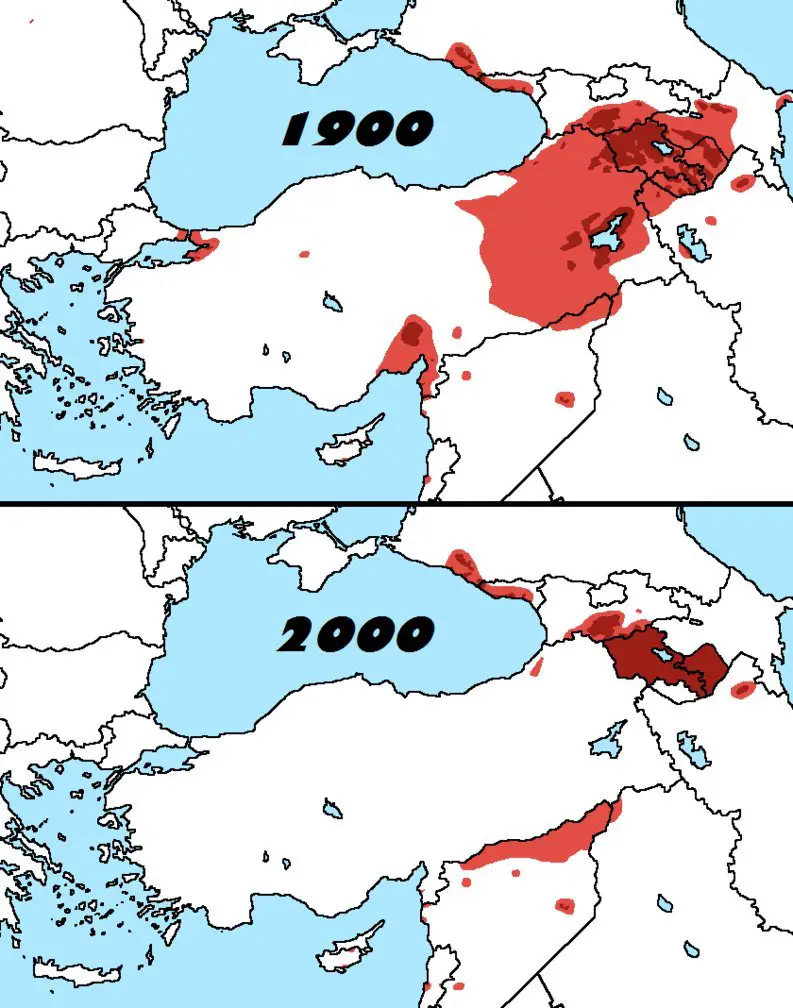
The genocide was carried out by the Ottoman government under the rule of the Committee of Union and Progress (CUP), also known as the Young Turks. The Armenians were targeted due to their Christian faith and perceived nationalist aspirations. The genocide began in April 1915 with the arrest and subsequent execution of hundreds of Armenian intellectuals and community leaders in Constantinople (modern-day Istanbul).
Armenian civilians were rounded up from their homes and deported on death marches into the Syrian Desert, where they were subjected to starvation, dehydration, and brutal treatment by Ottoman soldiers. Many died en route or were massacred along the way. Women and children were often subjected to rape, abduction, and forced conversion to Islam.

The map below shows the location of Armenians within the borders of modern Turkey.
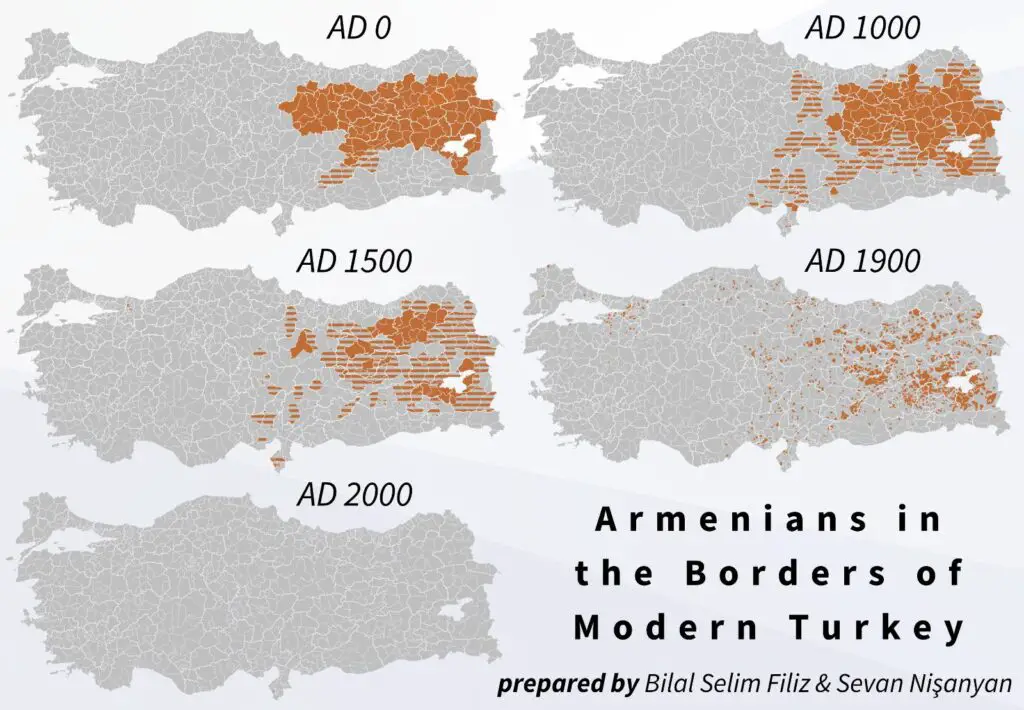
Despite widespread international condemnation and documentation of the atrocities by foreign diplomats, relief organizations, and journalists, the Ottoman government denied the existence of a systematic campaign of extermination against the Armenian population. After World War I, the new Turkish government, led by Mustafa Kemal Atatürk, continued to deny the genocide and suppressed efforts to seek justice for the victims.
The Armenian genocide remains a deeply contentious issue today, with Turkey vehemently rejecting the term “genocide” to describe the events of 1915-1923. However, the overwhelming majority of historians and scholars recognize the Armenian genocide as a historical fact and a seminal event in the history of the Armenian people. Numerous countries, including Armenia and several European nations, have officially recognized the Armenian genocide, while others, including the United States, continue to debate its recognition at the governmental level.


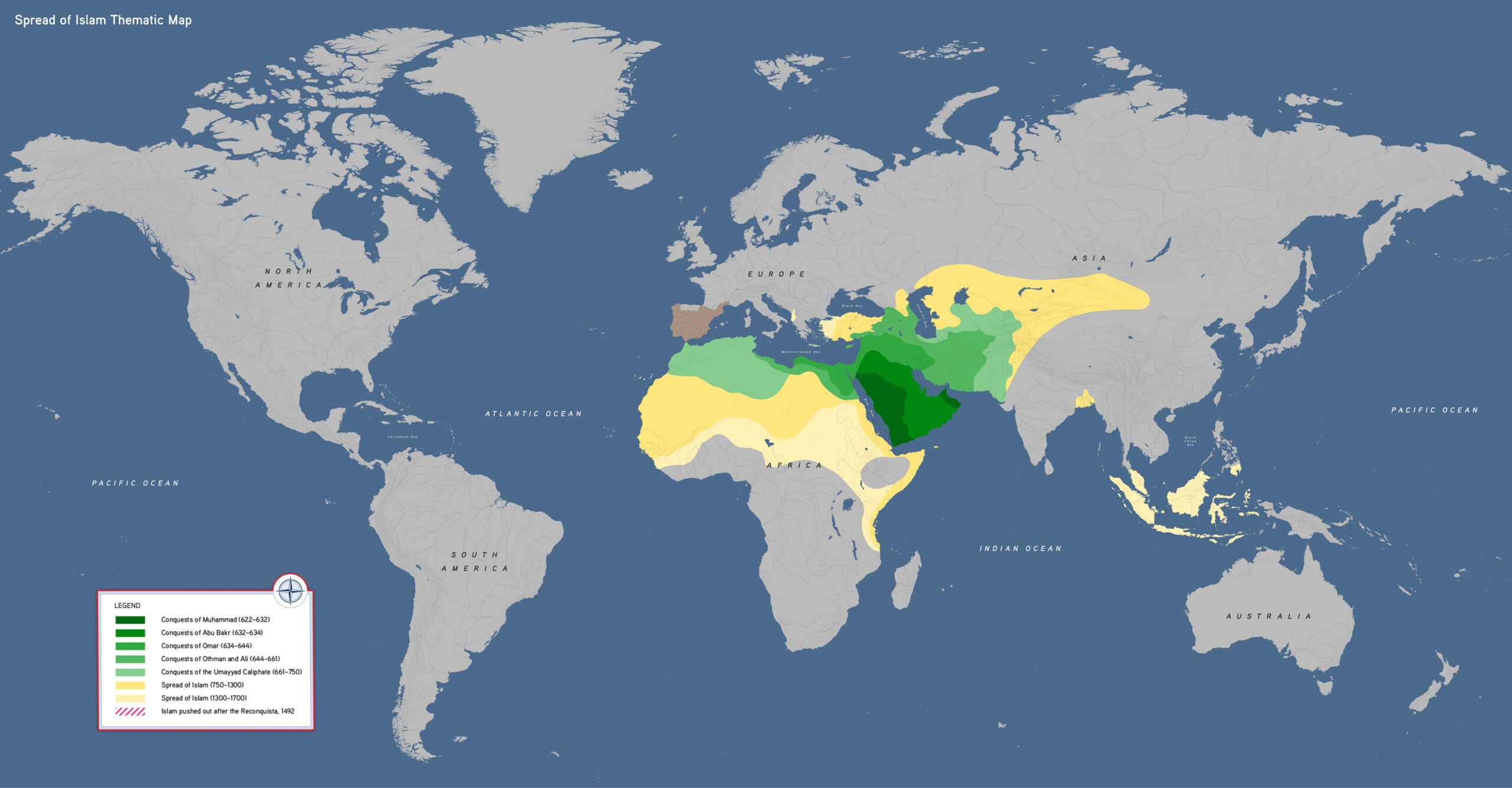



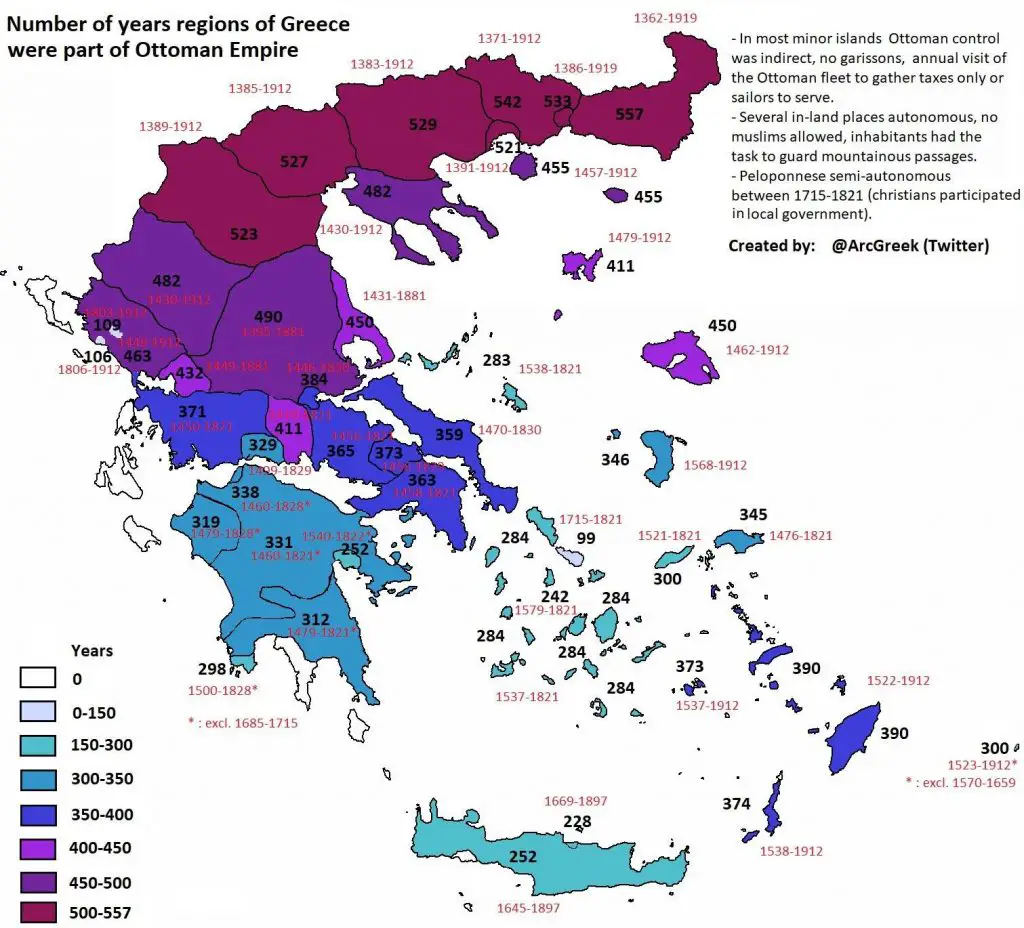


“Armenia – God’s land”. Map of Great Armenia from an old Soviet newspaper.